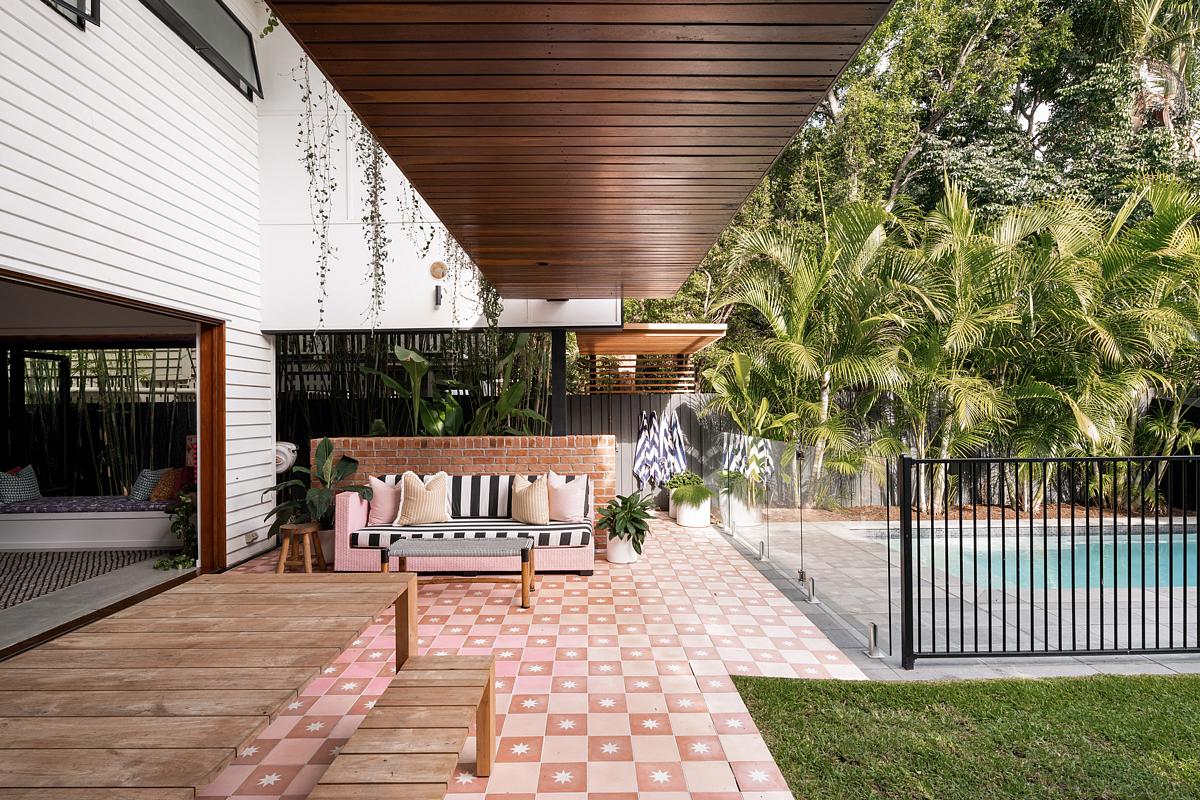
Selecting the right outdoor furniture for your lawn, patio, decking or porch is a decision that shouldn't be taken lightly. Contrary to what you might think, it's a process that requires as much thought and consideration as selecting pieces for your home's interiors.
First and foremost, picking backyard furniture is about setting the right tone. 'Outdoor furniture serves as the initial glimpse into the essence of indoor spaces or the embodiment of outdoor ambiance,' says Esther Stam from Studio Modijesky. But other considerations need to be factored in too, like how your chosen material works with the weather, and how measurements fit to make the most of the backyard space you have.
To ensure you're buying the right pieces from the best outdoor furniture brands for your backyard, we've spoken to the experts for their top tips.
1. Choose colors carefully
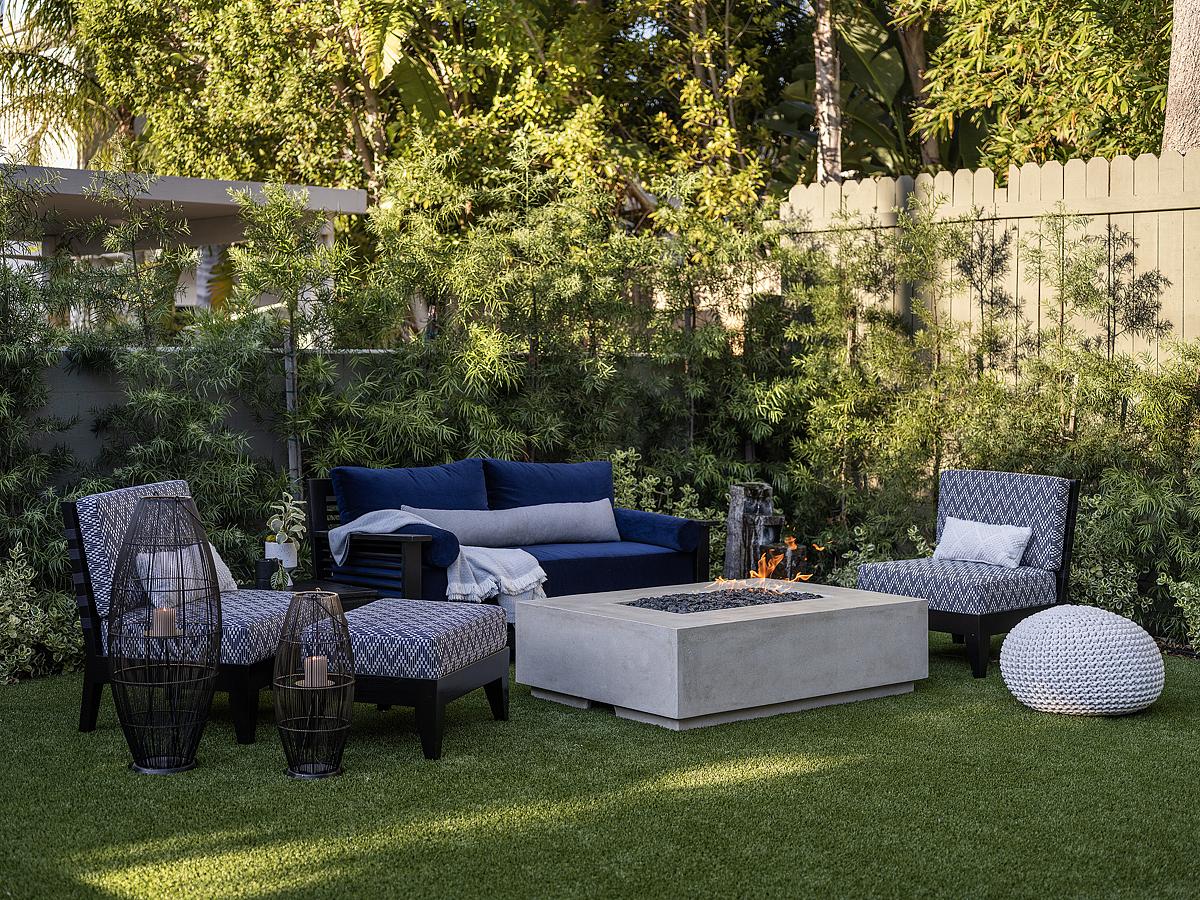
Color plays a significant role in your backyard when it comes to selecting those big-ticket items of furniture. You might not have considered a color scheme for your backyard, but it's as important as your interiors. Think about how the colors of your furniture fit and interact with the flowers and plants or hardscaping, and plan a smooth transition from indoor to outdoor spaces. 'Contemplate local context and surroundings for color inspiration,' says Esther Stam from Studio Modijesky.
Be wary of outdoor furniture colors to avoid too. 'Steer clear of too much white,' warns Kat Aul Cervoni, landscape designer and founder of Staghorn NYC and The Cultivation by Kat. 'For most of us, the upkeep isn’t worth the aesthetics and they are nearly impossible to keep clean. If lighter cushions are your favorite, I recommend sticking with a light sand, beige, or gray tone instead.'
Similarly, you might not want to go too dark and moody as dark browns and black shades will inevitably sink into the surrounding landscape and won't help your furniture stand out.
2. Keep things feeling mixed
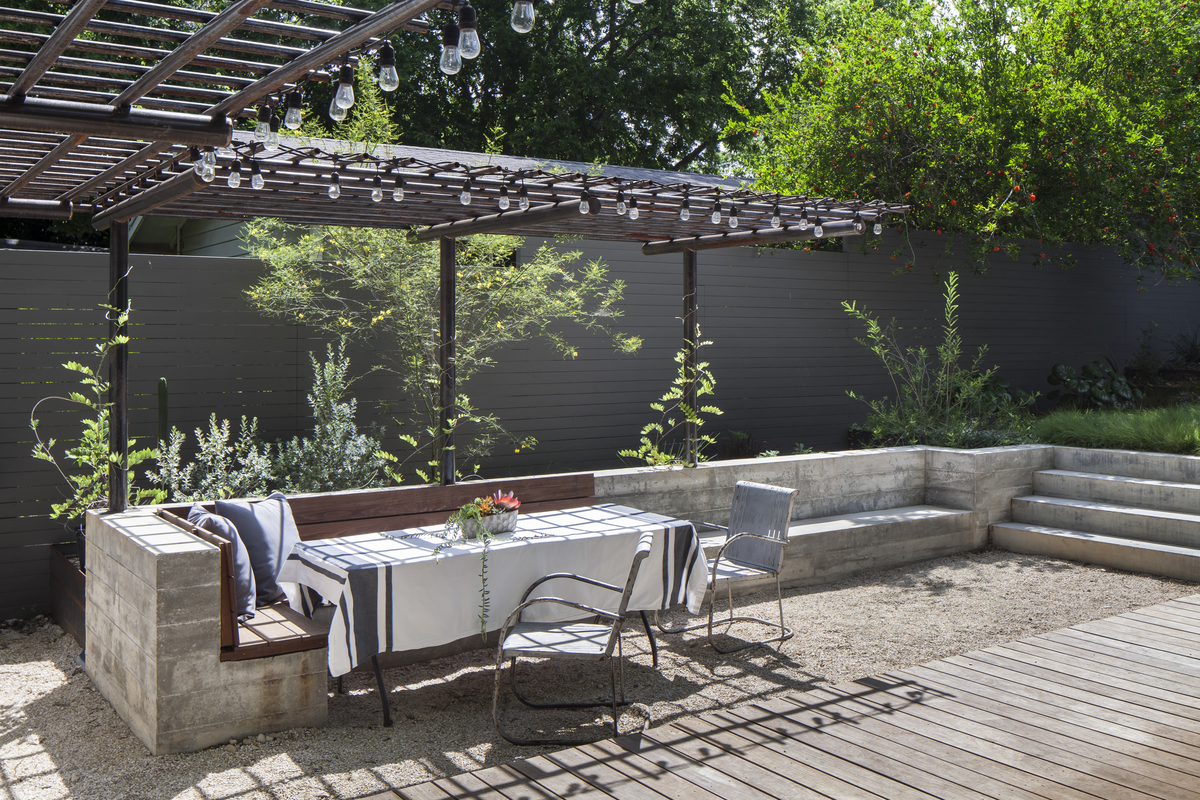
For a distinctive backyard style that feels personal to you, you want to establish a look. ‘Your backyard furnishings should embody your preferences and harmonize with your home’s architectural style and landscaping,’ says Artem Kropovinsky of Arsight, an interior design studio based in New York.
Try and keep your backyard looking varied and interesting by mixing brands, much like you would with your interiors. One outdoor furniture mistake the designers frequently notice is homeowners buying everything from one place. Some of our favorite furniture brands include the likes of Danish brand HAY, Yardbird, and Outer, and mix things with outdoor furniture by Anthropologie, Target and McGee & Co.
'Prioritize mixing materials and brands to establish a diverse yet cohesive aesthetic,' says Esther. At the same time, look for boutique or flea market finds that put your own stamp on the space 'Incorporating custom-made pieces adds unique character,' says Esther.
3. Consider dimensions and zoning
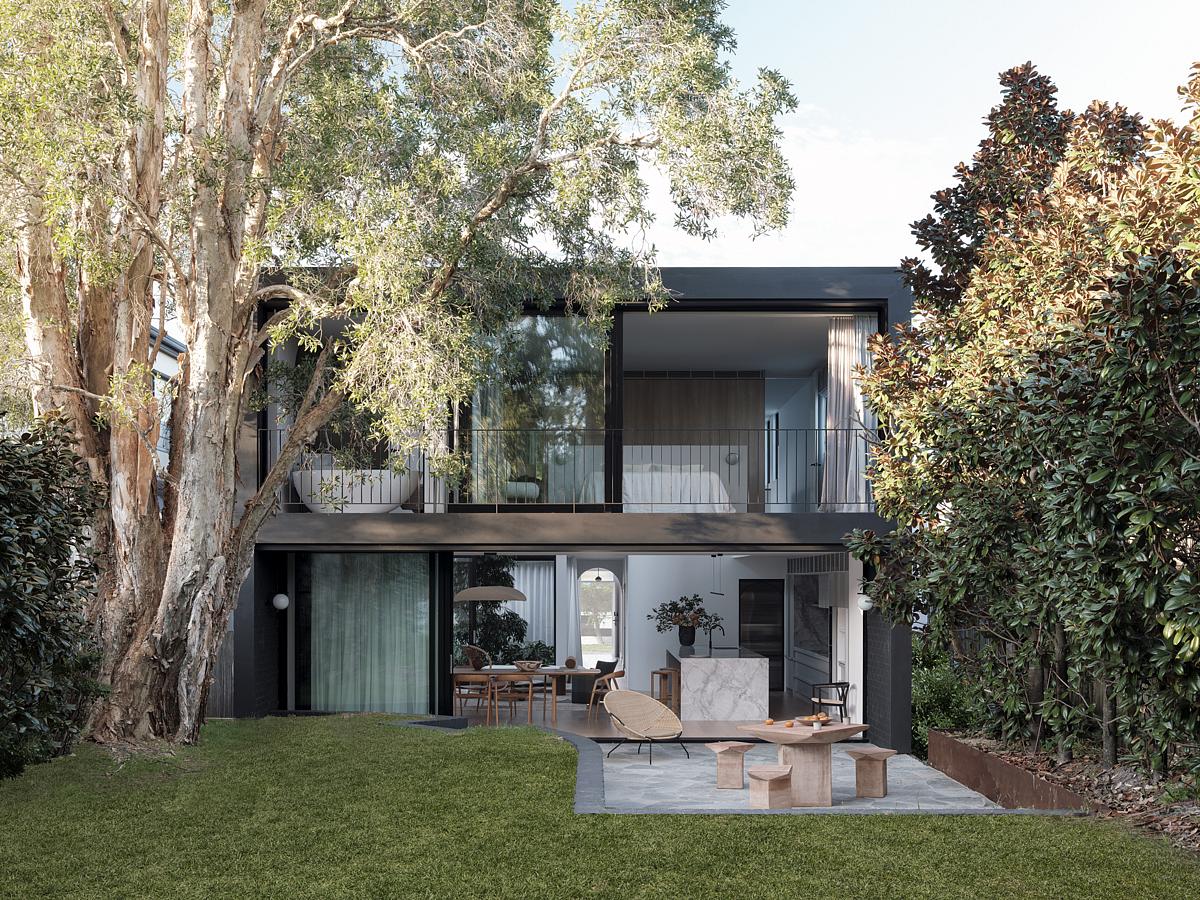
Whether you have a small balcony or a large deck, measuring up your space and getting to grips with the dimensions is important before you buy your modern outdoor furniture. The dimensions will also help you plan for space too, which is needed to help the flow and movement of the backyard.
Use furniture to your advantage too. A well-sized rug or outdoor sofa can be used to help establish zones for socializing, eating, or gathering around a firepit.
As well as the furniture, use the hard landscaping of the backyard to your advantage to play around and zone the space. 'To help connect the front and back outdoor spaces for a more cohesive outdoor flow, consider adding concrete pavers that frame the landscape in a simple, yet beautiful design, and require minimal maintenance,' says David Thompson, founder and principal of Assembledge. 'The rectangular geometry of the pavers translates into long linear patterns.'
If you are working with a small backyard, the best way to make the most of the space is to double up with furniture. 'Opt for multifunctional items that serve dual purposes,' says Esther.
4. Choose material wisely
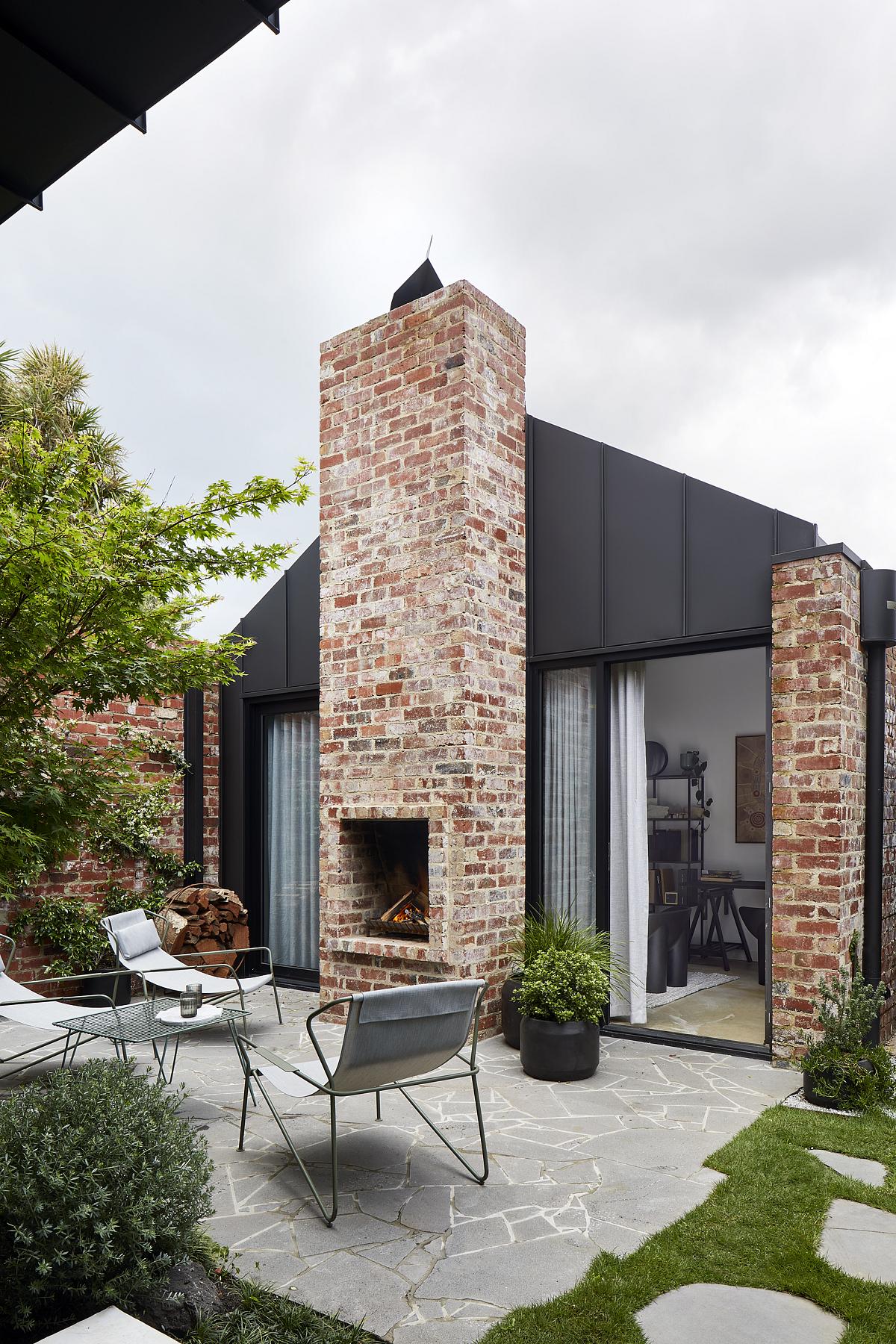
Picking the optimum material for your outdoor furniture is crucial. Furniture needs to be durable and made to withstand the outdoor elements. Whether you live in a hot, arid zone that can bleach material with strong rays of sun, or a cold and rainy area that might damage wood or upholstery, climate and weather should be taken into consideration before buying.
'Remember how climate impacts the space and make sure to factor in salt exposure, wind, drying time, and level of care preferences for furniture material,' says landscape designer, Mostafa Shaikhbahaie at Paul Sangha Creative. 'Determine if metal, fabric, or woodwork is preferred for comfort or if you prefer materials which require less care and maintenance for year-round outdoor use.'
Be conscious of your particular environment when selecting materials too, warns Kat. 'Be wary of cheap metal pieces as they might rust,' she says. 'And don’t put black metal in full sun as it will get hot.' You should also avoid using wood in a shady or damp area as it will get coated in algae or moss, and if your space is windy, be sure to choose pieces that are weighted down and allow wind to pass through so they don’t blow away.
Think about which outdoor furniture lasts the longest. PE rattan and powder-coated aluminum frames are reliable material options that withstand all weather.
5. Keep it looking fresh
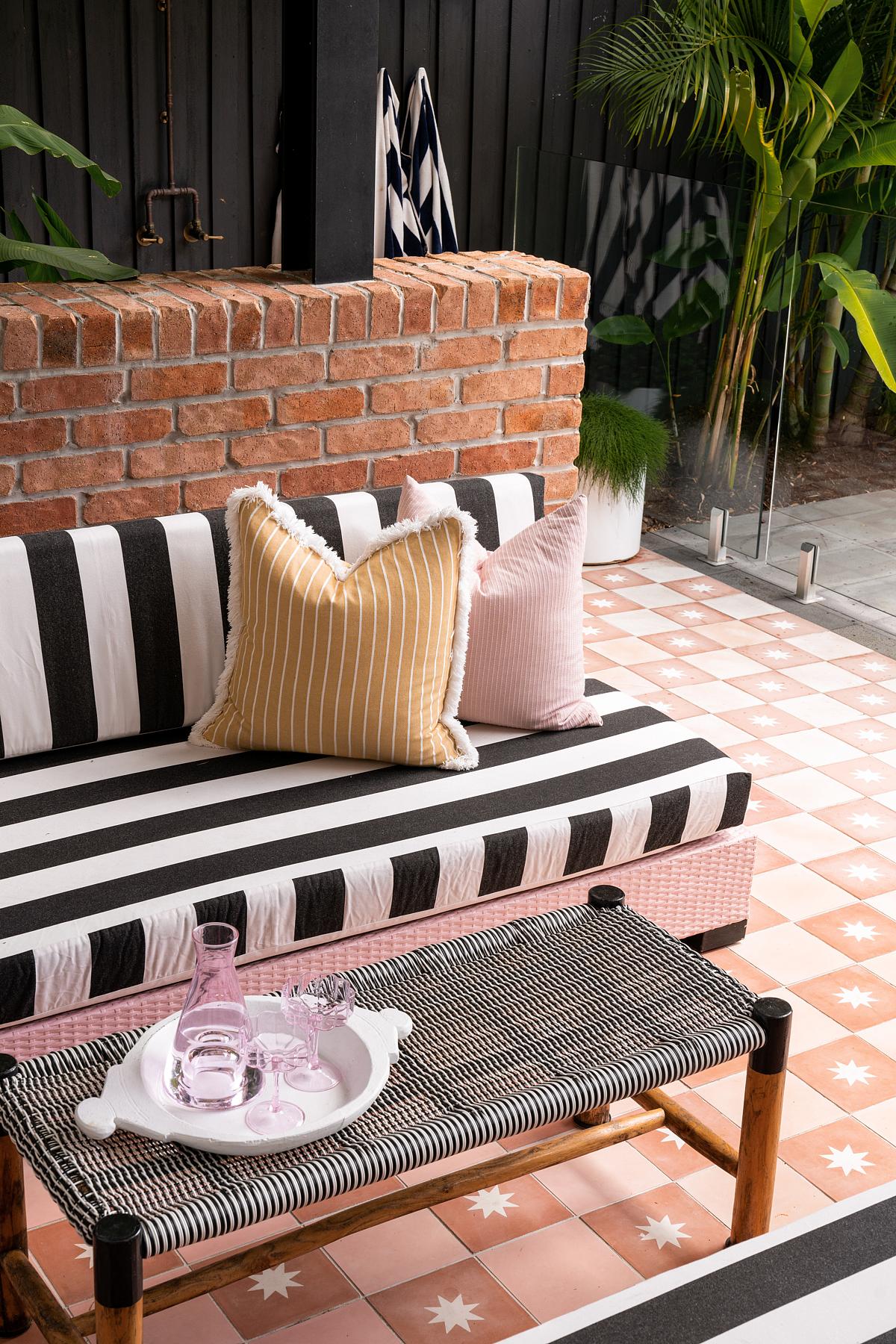
Before you commit, think about how you will store your furniture and soft furnishings, and how you will commit to it looking and staying fresh. Check with the manufacturer to see how they recommend keeping the furniture in the best possible condition, and whether they recommend storing the piece inside if the weather turns. If this is the case, reassess to see if you have the room inside for your furniture to be moved in and out as and when needed.
Review whether covers and cushions are needed, making sure to buy outdoor-rated fabric and fill, and if not, make sure there is outdoor storage available for off-season use. 'Keep in mind that using covers in damp areas can lead to furniture becoming moldy if left covered for too long,' says Mostafa.
All-weather covers, like these from Amazon, that fit over your furniture are another top buy to protect your furniture, protecting the item from the rain, while helping stop outdoor furniture from fading. We would also recommend regular cleans to remove mildew and dry off condensation. Avoid harsh chemicals too and try scrubbing with diluted washing-up liquid instead.







